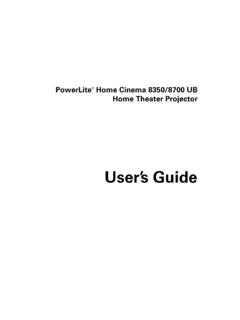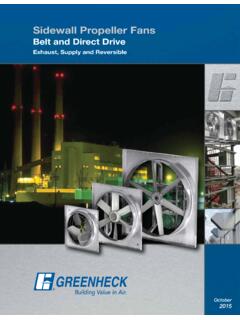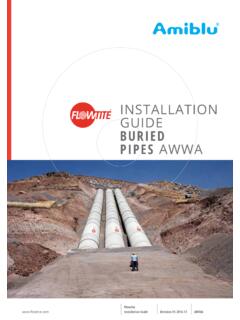Transcription of A SAMPLE LOCKOUT/TAGOUT PROCEDURE - Ohio
1 BWC Division of safety and Hygiene A SAMPLE LOCKOUT/TAGOUT PROCEDURE A good LOCKOUT/TAGOUT PROCEDURE , at a minimum, should contain the following elements: 1. All maintenance personnel shall be provided with a good lock. The lock shall have the individual workers' name and other identification on it. Each worker shall have the only key to the lock. 2. The worker shall check to be sure that no one is operating the machinery BEFORE turning -off the power. The machine operator shall be informed before the power is turned off. Sudden loss of power could cause an accident 3. Steam, air and hydraulic lines shall be bled, drained, and cleaned out. There shall be no pressure in these lines or in reservoir tanks. 4. Any mechanism under tension or pressure, such as springs, shall be released and blocked.
2 5. Each person who will be working on the machinery shall put a lock on the machine's lockout device(s). Each lock shall remain on the machine until that worker's work is complete. 6. All energy sources that could activate the machine shall be locked out (blocked/tagged). 7. The main valve or main electrical disconnect shall be tested to be sure that the power to the machine is off. 8. Electrical circuits shall be checked with proper and calibrated electrical testing equipment. An electrical failure could energize the equipment even if the switch is in the off position. Stored energy in electrical capacitors shall be safely discharged. 9. When working on machinery such as power presses and welding presses that have a ram that could fall, the ram shall be supported with safety blocks or pins.
3 Fully interlocked safety blocks are the safest. 2 SAMPLE Program Hazardous Energy Control Procedures Lockout I. Purpose and Scope Effective hazardous energy control procedures will protect employees during machine and equipment servicing and maintenance where the unexpected energization, start up or release of stored energy could occur and cause injury, as well as while working on or near exposed deenergized electrical conductors and parts of electrical equipment. Hazards being guard against include being caught in, being crushed by, being struck by, being thrown from, or contacting live electrical circuits/parts. The PROCEDURE herein established (III - VIII) will insure that machines and equipment are properly isolated from hazardous or potentially hazardous energy sources during servicing and maintenance and properly protect against reenergization as required by 29 CFR While any employee is exposed to contact with parts of fixed electrical equipment or circuits that have been deenergized, the circuits energizing the parts shall be locked out and tagged in accordance with the requirements of 29 CFR (b) (2).
4 SEE THIS OSHA STANDARD. Only when disconnecting means or other devices are incapable of being locked out, and until lockout capability is provided, will a tagout PROCEDURE (without lockout), be utilized. SEE APPENDIX A. II. Enforcement Any employee who fails to follow these procedures will face disciplinary action in accordance with those listed in the company handbook. III. Definitions Authorized employee - a person who locks out machines or equipment in order to perform servicing or maintenance on that machine or equipment. An affected employee becomes an authorized employee when that employee s duties include performing servicing or maintenance that exposes him/her to potentially hazardous energy. Affected employee - an employee whose job requires him/her to operate /use a machine or equipment or work in an area in which servicing or maintenance is being performed under lockout.
5 Energy isolating device - a mechanical device that physically prevents the transmission or release of energy, including but not limited to the following: A manually operated electrical circuit breaker; a disconnect switch; a manually operated switch by which the conductors of a circuit can be disconnected from all ungrounded supply conductors, and in addition, no pole can be operated independently; a line valve; a block; and any similar device used to block or isolate energy. Push buttons, selectors switches, and other control circuit type devices are not energy isolating devices. Other employee - an employee whose work operations are or may be in an area where energy control procedures may be utilized. For additional definitions see 29 CFR (b).
6 IV. Authorization / Responsibility 3 Appropriate employees will be instructed in the safety significance of the lockout procedures. Appendix B is a list of employees authorized to lockout. Appendices C and D are a list of job titles for affected and other employees. V. Rules A. Locks, chains, wedges, or other hardware which meet the requirements defined in (c) (5) (ii) shall be provided by the company. B. Lockout devices shall be singularly identified. They shall be the only devices used for controlling energy and shall not be used for other purposes. C. The lockout devices shall indicate the identity of the employee applying the devices. D. All machines/equipment shall be locked out to protect against accidental or inadvertent operation when such operation could cause injury to personnel.
7 Lockout will also apply when working on or near exposed deenergized electrical circuits / parts. E. No employee shall attempt to operate any switch, valve, or other energy -isolating device which is locked out. F. Each lockout device shall only be removed by the employee who applied the device. (Exception: see VII. B. 2.) 4VI. Lockout Procedures and Techniques A. Preparation for Shutdown. 1. In preparation for lockout, an initial survey must be made to locate and identify all energy isolating devices to be certain which switch, valve, or other energy isolating devices apply to the machine / equipment to be locked out. (See Appendix E for Energy Source Evaluation) More than one energy source (electrical, hydraulic, pneumatic, chemical, thermal, or others) may be involved.
8 2. Before an authorized or affected employee turns off a machine or piece of equipment, the authorized employee must have knowledge of the type and magnitude of the energy to be controlled, and the methods or means to control the energy (see Appendix F for Specific Energy Control Procedures). Note: If work to be performed involves employees working on or near exposed deenergized electrical parts. (See 29 CFR ). B. Machine or Equipment Shutdown. 1. All affected employees shall be notified that a lockout system is to be utilized and the reason for it, before the controls are applied. 2. If the machine or equipment is operating, shut it down by normal stopping PROCEDURE . (Depress stop button, open toggle switch, etc.) C. Machine or Equipment Isolation.
9 Physically locate and operate the switch, valve, or other energy isolating devices so that the equipment is isolated from its energy sources and apply adequate hardware. D. Lockout Device Application. 1. Authorized employees shall lockout the energy isolating devices with assigned individual locks. 2. Lockout devices shall be applied so that they will hold the energy isolating devices in a Neutral or Off position. 5E. Stored Energy. All stored or residual energy in rams, flywheels, springs, pneumatic, or hydraulic systems, etc. shall be blocked or dissipated. If there is a possibility of reaccumulation of stored energy, verification of isolation must be continued until servicing or maintenance is completed. F. Verification of Isolation.
10 Prior to starting work on machines or equipment that have been locked and after ensuring that no personnel are exposed, the authorized employee shall operate the push button or normal operating controls to verify that the appropriate equipment or machine has been deenergized and make certain it will not operate. CAUTION: Return Operating Controls to the Neutral or Off Position after the Test. The machine / equipment is now locked out. Servicing or maintenance may now occur. VII. Removal of Lockout Devices A. After the servicing and / or maintenance is completed and before the lockout devices are removed and energy is restored, the sequence of activities in Appendix F shall be completed by the authorized employee(s). B. If the authorized employee who applied the lock is not available, the supervisor shall take the following steps: * Clear the machine or equipment of tools and materials.
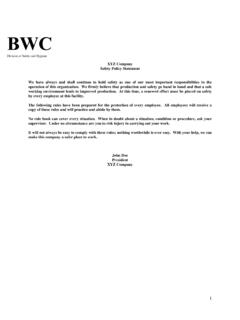
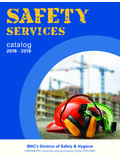






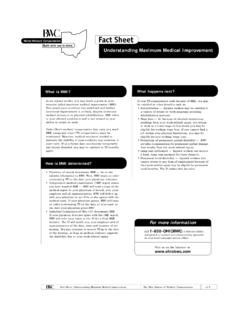

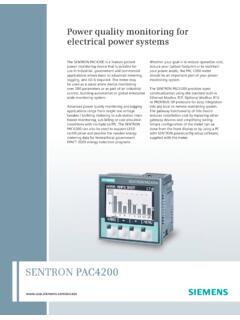
![[ICH E2F] [EXAMPLE DSUR – PHASE III INVESTIGATIONAL …](/cache/preview/e/7/a/2/e/6/3/0/thumb-e7a2e63043c4463724e748eb98faa3a7.jpg)
